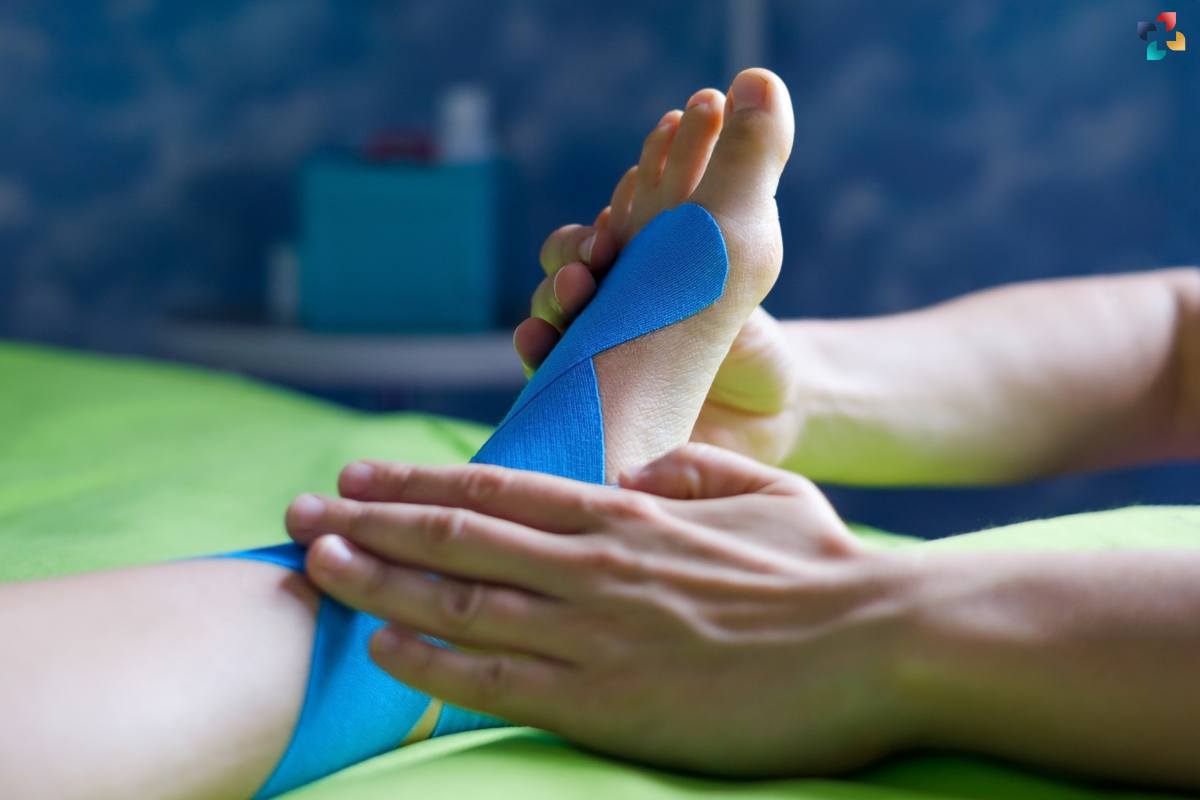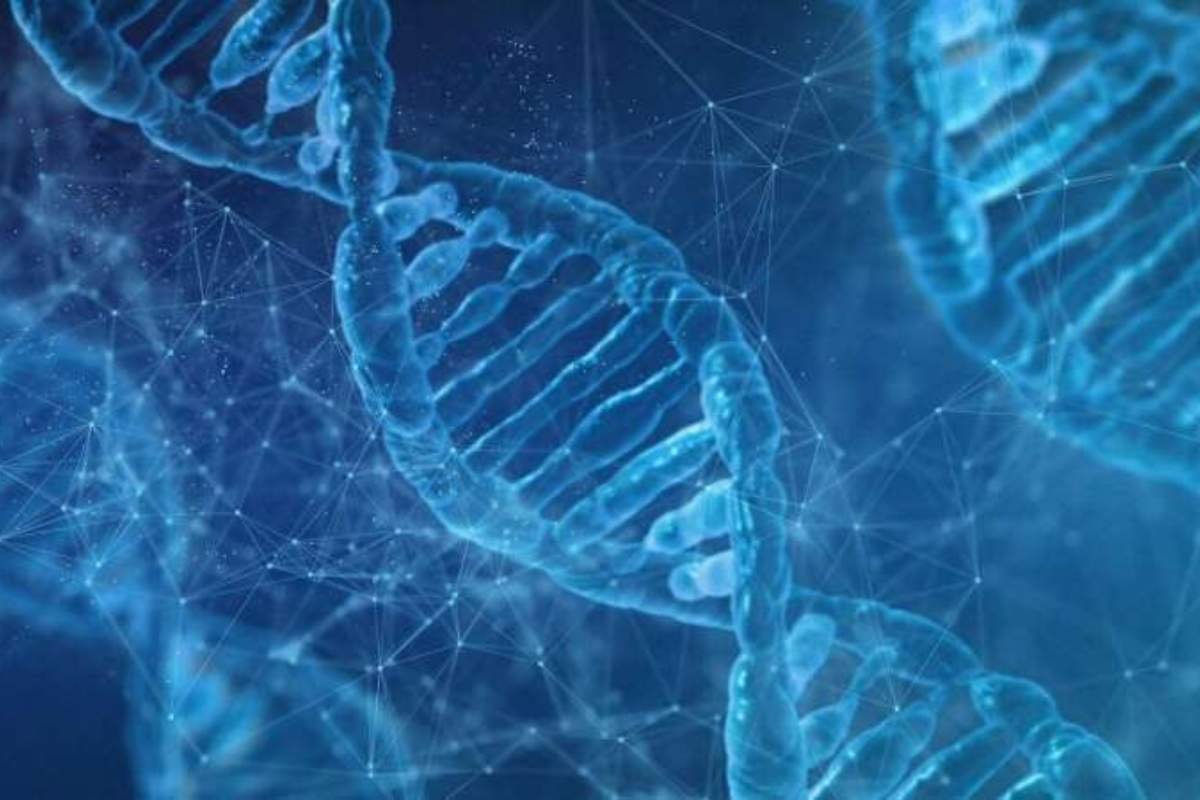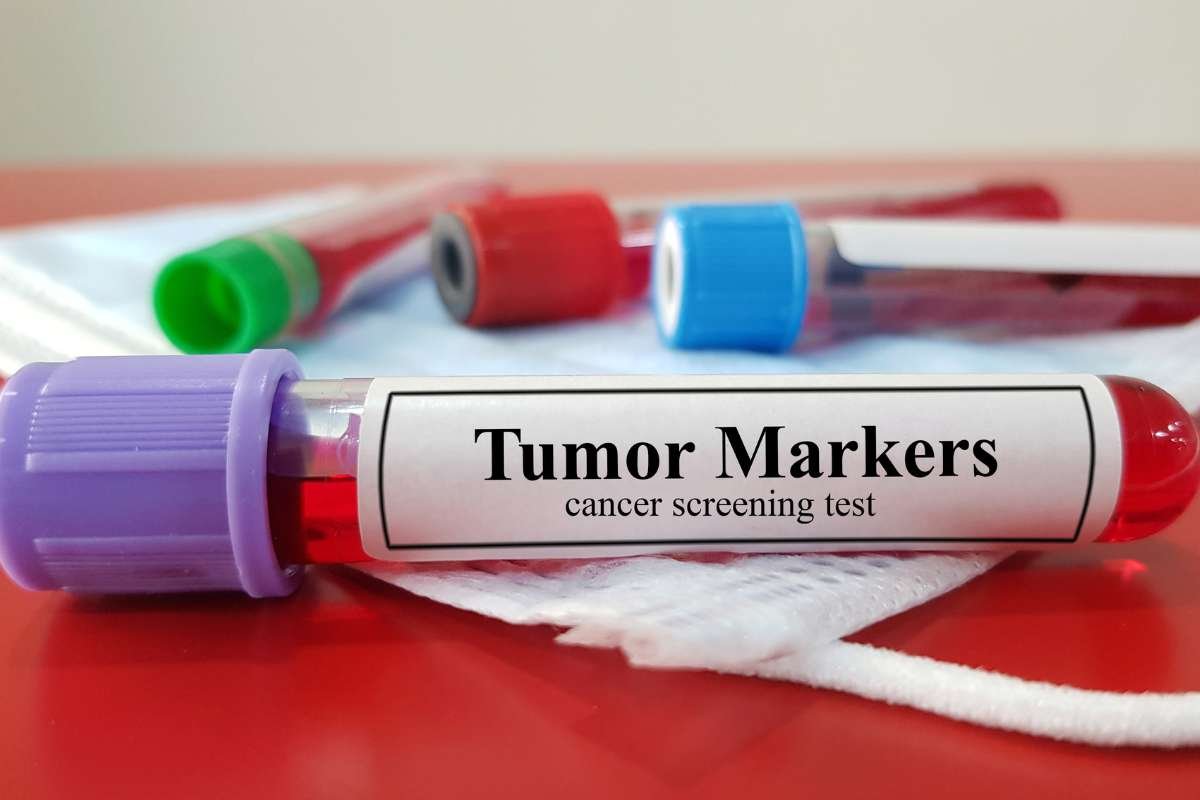Introduction to Muscle Injury Recovery
Muscle injuries are prevalent among active individuals, often leading to prolonged recovery periods and significant disruptions in sports and work productivity. Seeking to address this issue, researchers at the University of Barcelona have uncovered a novel strategy to improve and expedite the recovery process from muscle injuries, potentially benefiting both athletes and the general population.
The Groundbreaking Study
Led by experts Garoa Santoildes, Teresa Pagès, Joan Ramon Torrella, and Ginés Viscor from the UB’s Faculty of Biology, the study represents the first scientific exploration into the use of intermittent exposure to low oxygen levels (hypoxia) in a low-barometric pressure (hypobaric) chamber to accelerate muscle injury recovery. Published in the Journal of Physiology and conducted using animal models, the research sheds light on the efficacy of this innovative approach.
Understanding the Mechanism and Implications
Hypoxia, induced by exposure to low atmospheric pressure in the hypobaric chamber, triggers a physiological response within the body, particularly in tissues affected by muscle injuries. This response activates the HIF (hypoxia-induced factor) pathway, prompting various metabolic changes that facilitate muscle regeneration. Specifically, hypoxia stimulates the proliferation of capillary vessels, enhances mitochondrial efficiency, and promotes the synthesis of crucial proteins and enzymes involved in tissue repair.
The findings suggest that intermittent exposure to hypobaric hypoxia has the potential to significantly expedite the recovery process for various types of muscle injuries, including myotendinous injuries. Moreover, this innovative approach aligns with the evolving paradigm in muscle injury management, shifting from traditional rest and ice therapy towards more active and holistic approaches like PEACE (Protection, Elevation, Avoid NSAIDs, Compression, Education) and LOVE (Load Management, Optimism, Vascularization, Exercise).
Looking Ahead
The study’s implications extend beyond muscle injury recovery, offering possibilities for exploring new treatments for conditions such as sarcopenia and even aiding in the recovery of patients with persistent COVID-19 syndrome. By combining hypobaric hypoxia intervention with tailored exercise regimens, researchers believe this approach could revolutionize the field of muscle injury rehabilitation and contribute to improved outcomes for individuals across various health sectors.
Also Read: 5 Tools to Relieve Muscle Soreness at Home











